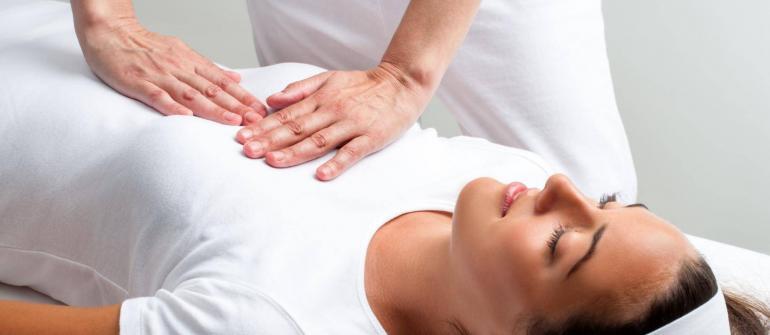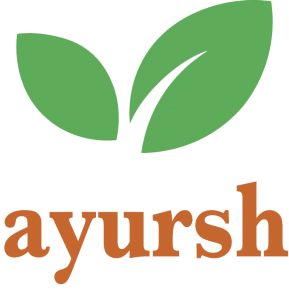Cardio-Respiratory physiotherapy is the management and treatment of patients with respiratory diseases, it aims to clear the patient’s airways and help them return to physical activity. As well as “chest physiotherapy”, which includes the management of patients with excessive airway secretions, maximizing oxygenation, improving lung volume, and preserving musculoskeletal function.
Respiratory physiotherapy has key role in early mobilisation, exercising, and muscle retraining for patients across conditions such as respiratory conditions (COPD, bronchiectasis, cystic fibrosis), neuromuscular diseases (muscular dystrophy, cerebral palsy, spinal cord injury), and during pre and post-operative care mainly in upper abdominal surgeries(mastectomy, pneumonectomy, lobectomy,)
At Ayursh, we offer home physiotherapy in Bangalore that helps you to get the right respiratory care for your needs.
Ayursh Respiratory Care Mainly Aims
* To facilitate removal of retained or airway secretions(foreign body obstruction, sputum)
* To optimize lung compliance (the ability of the lung to stretch and expand) and to improve gas exchange
* To decrease the work of abnormal breathing
* Improve exercise tolerance
* Prevent secondary complications
What are the Techniques Used
1) Postural Drainage – Which involves positioning a person with the assistance of gravity to aid the normal airway clearance mechanism. Postural drainage positioning varies based on specific segments of the lungs with a large amount of secretions. Postural drainage is the drainage of secretions, by the effect of gravity, from one or more lung segments to the central airways where they can be removed by a cough or mechanical aspiration.
2) Percussion – Also referred to as cupping, clapping, and tapotement. The purpose of percussion is to intermittently apply kinetic energy to the chest wall and lungs. This is accomplished by rhythmically striking the thorax with a cupped hand or mechanical device directly over the lung segment(s) being drained.
3) Vibration – Vibration involves the application of a fine tremorous action (manually performed by pressing in the direction that the ribs and soft tissue of the chest move during expiration) over the draining area. In this technique, a rapid vibratory impulse is transmitted through the chest wall from the flattened hands of the therapist by isometric alternate contraction of the forearm flexor and extensor muscles, to loosen and dislodge the airway secretions
4) Coughing – Coughing includes directed coughing and various assisted coughing techniques.
5) Forced expiratory technique – Forced expiratory techniques involve diaphragmatic inspiration, relaxing the scapulohumeral region, and expiring forcefully from mid to low lung volumes whilst maintaining an open glottis (huffing exercises). It is more effective than coughing.
So, get in touch with Ayursh and get home physiotherapy service and discover the potential of cardio physiotherapy in Bangalore.
CARDIAC REHABILITATION
Cardiac rehabilitation also called cardiac rehab or cardio physiotherapy is a customized outpatient program of exercise and education designed to help and improve your health and recover from a heart attack, or other forms of heart diseases or surgeries to treat heart diseases.
Why it’s Done
Cardio physiotherapy is an option for people with many forms of heart disease. In particular, you might benefit from cardiac rehabilitation if your medical history includes:
* Heart attack
* Coronary artery disease
* Heart failure
* Peripheral artery disease
* Chest pain (angina)
* Cardiomyopathy
* Certain congenital heart diseases
* Coronary artery bypass surgery
* Angioplasty and stents
* Heart or lung transplant
* Heart valve repair or replacement
* Pulmonary hypertension
What you can Expect….
The first stages of cardiac rehabilitation programs generally last about three months, but some people will follow the program longer. In special situations, some patients might be able to do an intensive program for several hours a day that can last one or two weeks.
Cardiac Rehabilitation Includes:
Medical evaluation – Your health care team will generally perform an initial evaluation to check your physical abilities,
Physical activity – Cardiac rehabilitation can improve your cardiovascular fitness through physical activity. Your health care team will likely suggest low impact activities that have a lower risk of injury, such as walking, cycling, rowing and jogging. Your program might include yoga, which has been shown in some studies to be beneficial for cardiac health. You’ll usually exercise at least three times a week.
Lifestyle education – This involves support and education on making healthy lifestyle changes, such as eating a heart-healthy diet, exercising regularly, maintaining a healthy weight and quitting smoking.
It can include guidance about managing conditions such as high blood pressure, diabetes, high cholesterol and obesity.
Results
To get the most benefits from cardiac rehabilitation, you’ll need to continue the habits and follow the skills you learned in the program for the rest of your life. Over the long term, sticking to your cardiac rehabilitation from a respected home physiotherapy in Bangalore clinic can help you:
* Improve Strength
* Adopt heart-healthy behaviours, such as regular exercise and a heart-healthy diet
* Cut bad habits, such as smoking
* Manage your weight
* Find ways to manage stress
* Learn how to cope with heart disease
* Decrease your risk of coronary artery disease and other heart conditions



